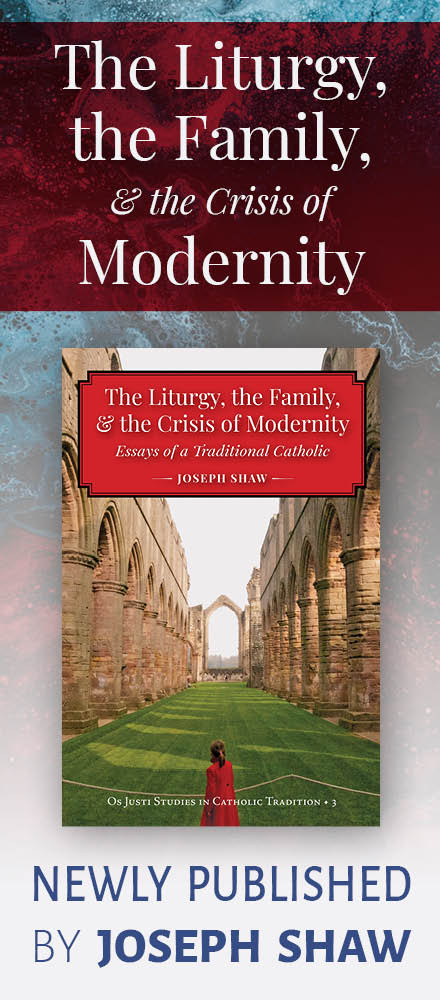In our last parish renovation and re-design, we were working in the context of a more typical modern parish.
But what about a parish that has remained relatively in tact, still retaining its high altar (and even side altars in this case), but perhaps has had its murals and painted designs removed, so that despite the beauty it inherits from its traditional elements, it still seems to have some ways in which it could improve, or give the parish an even more striking appearance than it might already have?
Here is a parish which retains its reredos, side altars, and is quite untouched by comparison with many parishes following the 1960's:
I think most would agree: very nice indeed. But there is room for improvement and ways to make this sanctuary even more striking, perhaps regaining what was lost. I refer back to a point I have made a few times here: the use of rich colour as a way of evoking a very strong response to sacred art and architecture.
In the case of this parish, the white walls behind the high altar seem fairly bare and likely at one point were dressed with some lovely murals or iconographic stencilling. Likewise, the baby blue colours don't lend themselves at all well to the white and stand out as a bit of a architectural sore thumb. As such, a change to richer colours and gold highlights to emphasize the ribbing and ceiling and the additional of some simple gold stencilling design would go very far in this particular parish and compliment both the altar, while re-emphasizing the sanctuary quite substantially and efficaciously.
In addition, the use of items before and beside the high altar (the pumpkins in this case and the ferns) would be best permanently removed. For one thing, it can impede the proper incensation of the altar. For another, such is not terribly necessary and can distract attention from the liturgical art and design.
Moreover, here again we can see where the priest's chair can be shifted to face toward the altar and ambo as was traditionally the case.
In addition, the tabernacle veil on the old high altar should ideally change with the liturgical colours of the season or feast. I would recommend materials with a gold brocade and then substantially in deep green, deep red, yellow-gold and deep purple.
Finally, the smaller altar candlesticks should be replaced with two substantial, traditionally designed brass candlesticks, again with real beeswax candles of a size equivalent to the candlesticks themselves. This, again, better serves as a compliment to the vertical thrust of the gothic architecture found here.
Bearing these principles in mind here is what I came up with for a parish like this:
What Has Been Changed
1. White walls changed to deep red
2. Ribbing painted gold (or gold-leafed if possible), with deep red or blue highlights in the ribbing details
3. Capitals for "columns" gold now
4. Columns painted variant on deep red and navy blue with gold stencilling highlights
5. Sanctuary ceiling painted navy blue
6. Added gold stars (as found in medieval churches) to sanctuary ceiling
7. Added gold linear highlights to emphasize gothic shape of ceiling and where ribbing normally would be.
8. Changed tabernacle veil from white to liturgical colour (in this case, deep green)
9. Turned priest's chair toward ambo and altar
10. removed anything from in front of altar, ambo/pulpit
11. Removed shorter candles on altar and replaced with taller, ornate traditional brass candlesticks and beeswax candles
To give you a visual sense of the difference, a side-by-side comparison, focusing in upon the sanctuary and altar:
Materials Which Would Be Required For This Renovation
1. Purchase (or find in the parish) 2 traditional brass candlesticks
2. Scaffolding rental
3. Navy blue paint
4. Deep red paint
5. Gold paint or Gold Leaf
6. Someone with the ability to make simple stencils for pillars and sanctuary ceiling.
7. 4 Tabernacle veils to be made.
The rest is re-arrangement.




















